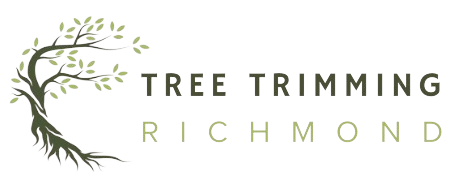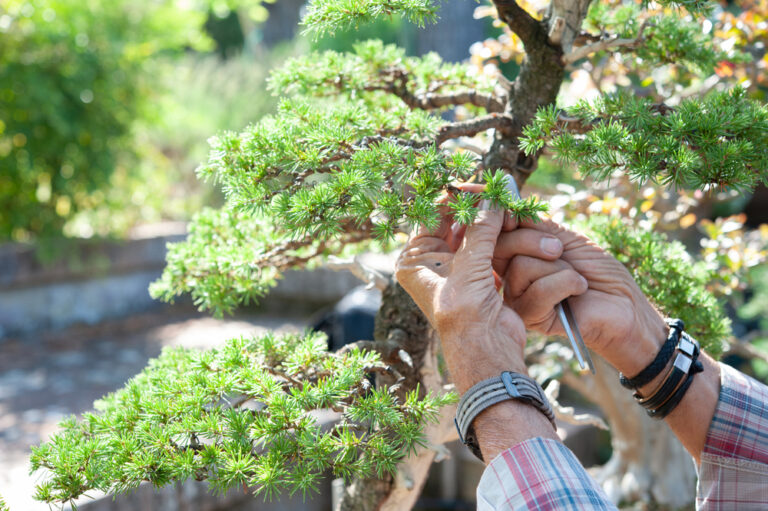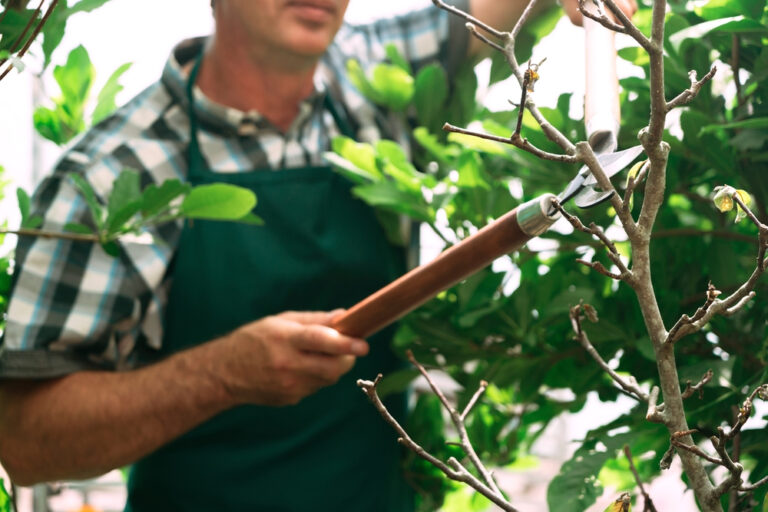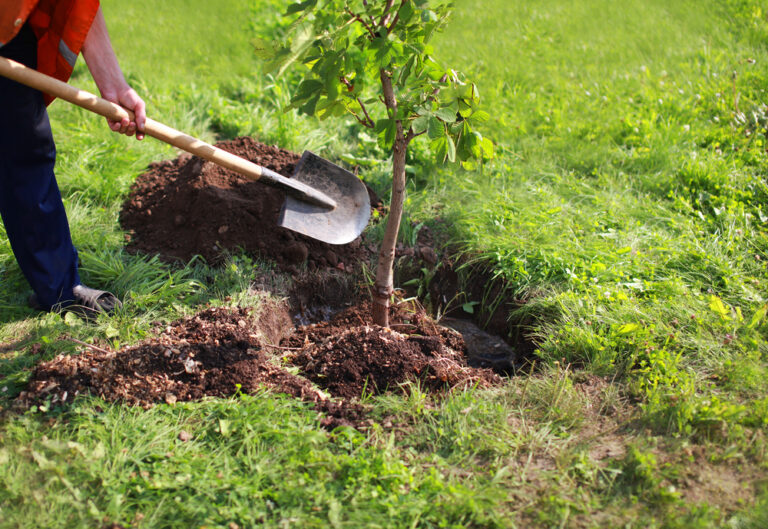Richmond, Virginia becomes an amazing canvas of reds, oranges, and yellows as the vivid colors of October surround the city. Though fall foliage is quite beautiful, this season presents special difficulties for the trees that adorn our surroundings. Fall brings several problems for Richmond’s trees, from leaf litter piling on lawns to possible pest and disease risk. Knowing these difficulties and applying appropriate care will help to make a world of difference so that our trees not only survive but flourish.
Essential elements of fall tree care in Richmond VA—including leaf removal, pruning, fertilizer, pest and disease control, and winterizing—will be discussed in this all-inclusive handbook. Every part will offer insightful analysis and useful advice to help Richmond, Virginia residents—homeowners, property managers, and anybody else in charge of tree maintenance—better negotiate the complexity of the season.
Leaf Removal: A Crucial Step
Importance of Leaf Removal
Although leaf removal seems like a burden, it is absolutely essential for preserving the appearance of your property and the health of your trees. The following justifies the need of this chore:
- Prevent Lawn Damage: As leaves accumulate on the ground, they could suffocate the grass beneath, producing ugly brown spots. A layer of leaves thick enough to collect moisture will create the ideal conditions for mold and other illnesses to grow.
- Reduce Fire Hazards: Dry leaves catch fire quite readily. A collection of leaves can create a fire threat in a dry autumn, particularly if you have a fire pit or use outside grills.
- Improve Curb Appeal: A kept yard improves the look of your house. Frequent leaf removal not only improves the appearance of your house but also raises its whole value.
- Minimize Disease Spread: Pathogens and pests that endanger the health of your trees and plants may find refuge on fallen leaves. Eliminating leaves right away helps lower the possibility of illnesses reaching your healthy foliage.
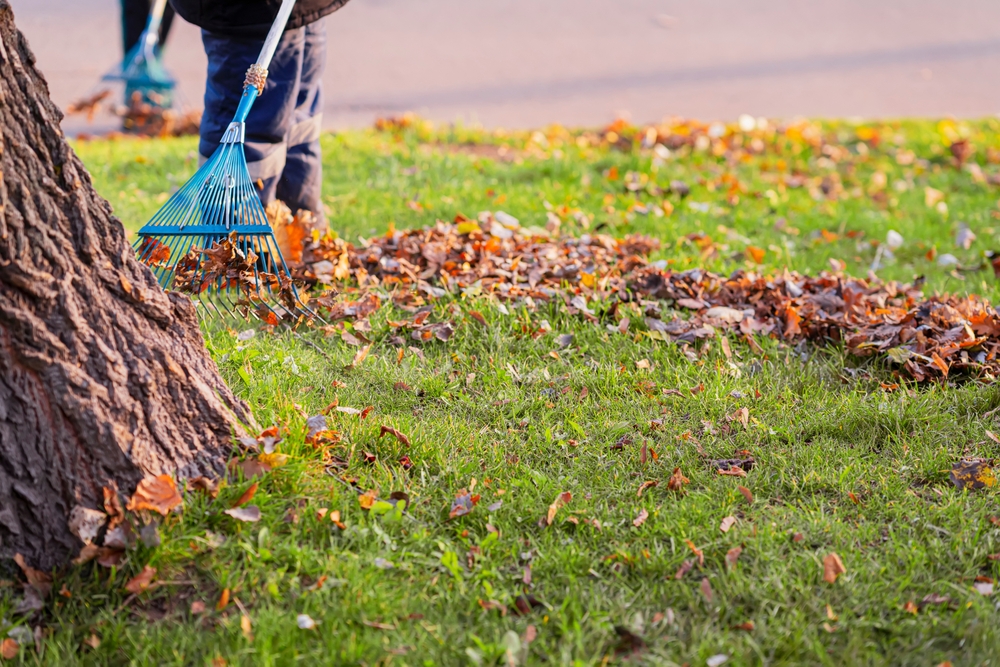
Leaf Removal Methods
Regarding leaf removal, there are numerous efficient techniques with pros and negatives:
- Raking:
- Pros: Raking offers a decent workout, is cheap and easy. It’s also a green choice free of power tool need.
- Cons: It might be time-consuming, particularly if your yard is big and features plenty of trees.
- Leaf Blowers:
- Pros: For big regions, leaf blowers are fast and effective; they let you transfer leaves to approved piles with little effort.
- Cons: They might be noisy, upsetting nearby wildlife or neighbors.
- Mulching:
- Pros: Think about mulching leaves rather than pulling them off. This approach chops leaves into tiny bits that break down rapidly, so adding nutrients to the soil.
- Cons: Effective leaf shredding requires a mulching mower, hence improper use of it could make your yard seem ugly.
- Professional Leaf Removal Services:
- Pros: Hiring experts guarantees thorough completion of the work and saves time. Their correct tools and knowledge will help them to manage plenty of leaves.
- Cons: This can cost more than working on it yourself.
Tips for Effective Leaf Removal
Think about the following to maximize leaf removal efficiency:
- Frequency of Removal: At least once a week during periods of maximum leaf-fall, try to remove leaves. Frequent clearance helps to avoid too great accumulation and the related issues.
- Composting Leaves: Compress leaves rather than throwing them away. This not only cuts waste but also produces rich in nutrients soil for your garden. Just stack the leaves in a yard corner, stir in some kitchen waste or grass clippings, and let nature handle things.
- Proper Disposal Methods: Learn local rules on leaf disposal. Many local governments provide fall yard garbage collecting services to assist you properly dispose of leaves.
Fall Pruning: Essential for Tree Health
Benefits of Fall Pruning
Another absolutely vital component of fall tree maintenance is tree pruning. Your trees gain from this in several ways.
- Improve Tree Structure and Strength: Pruning removes weak branches, therefore promoting good development. Your trees will grow stronger and more resistant to heavy winds and storms if this assists them to develop their structure.
- Prevent Winter Damage: Branches may snap under heavy snow and ice. Pruning helps to lower the strain and encourage balanced development, therefore lowering the risk.
- Enhance Air Circulation and Sunlight Penetration: Good trimming lets light and air access the core sections of the tree, therefore encouraging better foliage and lowering the risk of diseases brought on by still moisture.
- Control Growth and Shape: Frequent pruning preserves your trees’ intended size and form. This not only improves their appearance but also keeps them away from invading adjacent buildings or electricity wires.
Pruning Techniques
Use these approaches to properly prune your trees:
- Proper Pruning Cuts: Sharp tools allow you to make neat cuts that prevent leaving stubs that can provide access for pests and pathogens. For bigger branches, use the three-cut approach to avoid bark tearing.
- Removal of Dead, Diseased, and Crossing Branches: Early identification and removal of problematic branches helps to prevent disease from spreading and enhances general tree condition.
- When to Avoid Pruning: Fall trimming affects certain species sensitively. For instance, the possibility of oak wilt disease makes fall pruning of oak trees unacceptable. Find out about your particular tree species to decide when to prune.
Hiring a Professional Arborist
Although many people can manage simple trimming chores, some situations demand for expert assistance. If you want a certified arborist, take into account:
- You have either big or difficult access to your trees.
- You don know which branches to cut or how to do it safely.
- You want someone knowledgeable to assess your trees’ condition and offer recommendations.
Look for credentials, insurance, and good client comments to choose a reliable Richmond arborist. Recommendations might also be quite helpful from local tree care organizations.
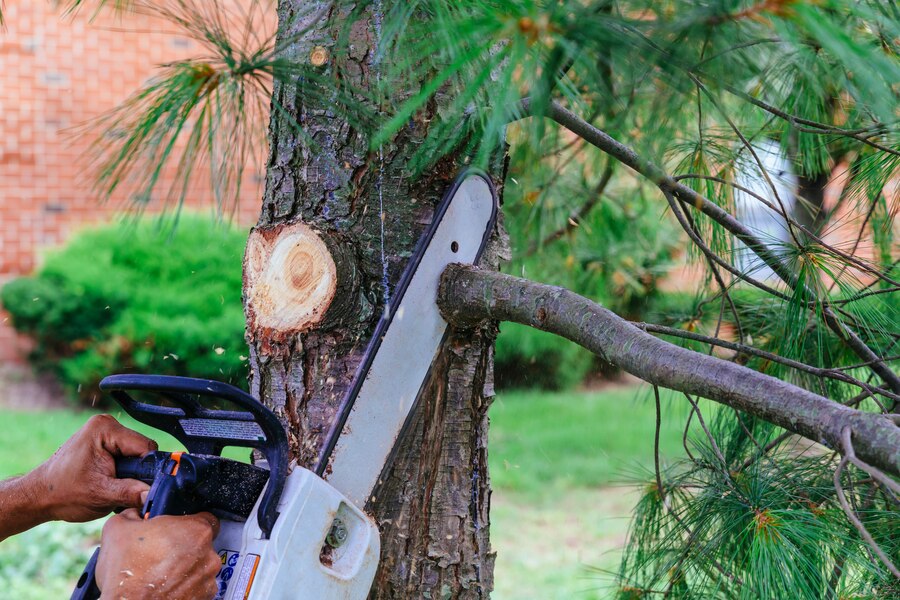
Fall Fertilization: Nourishing Trees for Winter
Importance of Fall Fertilization
Fall fertilization is quite important for trees’ general condition as they get ready for winter dormancy. This explains the need of it:
- Build Nutrient Reserves for Winter Dormancy: Fall fertilizing helps trees save energy required for survival in the next winter months.
- Promote Root Growth: Stability and development depend on a healthy root system. Fertilizer helps trees obtain nutrients and water by pushing roots to grow deeper.
- Strengthen Tree Defenses Against Diseases and Pests: Well-fed trees are more robust and better equipped to fight pests and illnesses.
Choosing the Right Fertilizer
Think through these choices while choosing fertilizer for your trees:
- Slow-Release Fertilizers: These products progressively supply nutrients, therefore lowering the possibility of over-fertilization and nutrient runoff.
- Organic vs. Synthetic Options: Compost or well-rotted manure are among organic fertilizers that enhance soil structure and enrichment. Although they function fast, synthetic fertilizers could over time help to degrade soil.
Fertilization Techniques
Use these methods to best enjoy the advantages of fertilization:
- Proper Application Methods: Avoid direct touch with the trunk by spreading fertilizer equally around the base of the tree. To enable the nutrients to seep into the ground, properly water the area later.
- Avoiding Over-Fertilization: More often than not, isn’t better. Use the advised guidelines for your particular trees since too much fertilizer might damage them and the surrounding area.
Pest and Disease Control in Fall
Common Fall Pests and Diseases
Certain pests and diseases proliferate in Richmond when temperatures drop. Some typical hazards are listed here:
- Aphids: By consuming their nutrients, these little sap-sucking insects can harm trees. Search for indicators include sticky residue on branches or bent leaves.
- Powdery Mildew: On leaves, this fungal illness shows as white powder and can impede photosynthesis. Look for discoloured leafy green.
Pest and Disease Control Methods
The health of your trees depends critically on efficient control of pests and diseases. These are some tactics:
- Natural Pest Control Options: Add helpful insects that hunt out dangerous pests, such as lacewings or ladybugs. Insecticidal soap can also be used to target pests without damaging useful species.
- Disease Prevention Tips: Good watering methods help to avoid problems including fungal infections and root rot. Make sure trees get deep but not too frequent water. Moreover, keeping your yard clean by clearing trash and fallen leaves helps to lower illness hazards.
See a tree care professional for diagnostic and treatment recommendations if you observe major insect infestations or disease signs.
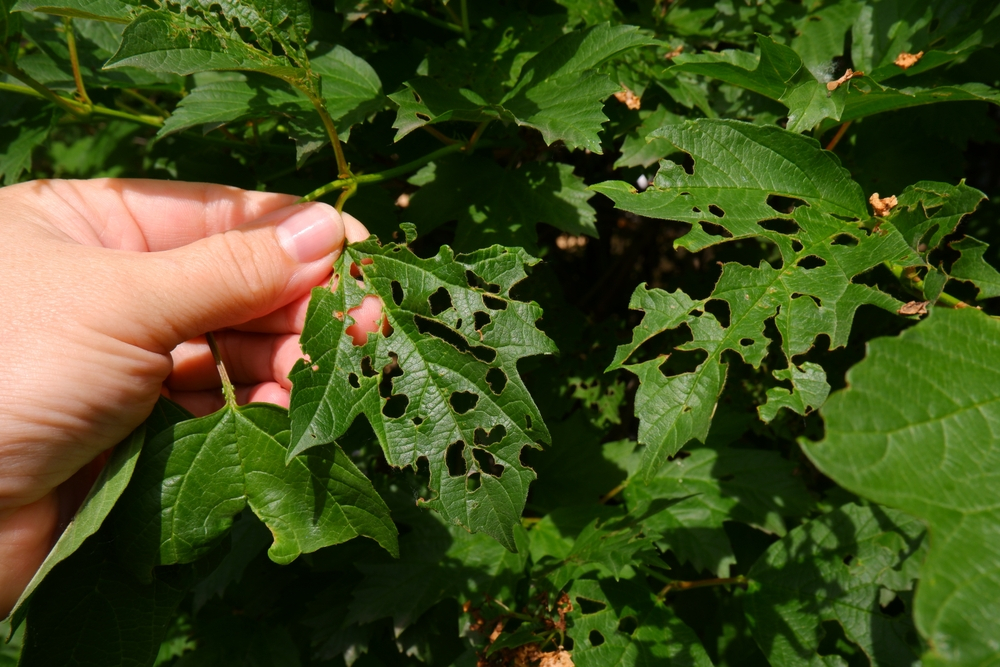
Winterizing Trees in Richmond VA
Protecting Trees from Winter Damage
Your trees must be ready for the hard winter months. Here are some sensible tactics:
- Watering Deeply Before the Ground Freezes: Make sure your trees are hydrated before winter starts. Deeply water such that the moisture seeps into the root zone and offers necessary hydration.
- Wrapping Young Trees: Tree wraps or covers help to guard young trees’ bark from sunscald. This helps to guard against temperature swings and damage from strong winter sunshine.
- Staking Tall Trees: Consider staking tall or recently planted trees to guard against wind damage. Correct staking gives trees support so they may have a strong root system.
- Removing Snow and Ice from Branches Carefully: Branches can break under heavy snow and ice. Care not to injure the branches as you gently sweep snow and ice from accumulation.
Finding Reliable Tree Care Professionals in Richmond VA
Tips for Choosing an Arborist
Choosing the correct arborist will help to guarantee that your trees get the greatest treatment. These guidelines help you select a trustworthy professional:
- Look for Certifications and Insurance: Make sure the arborist has liability insurance to guard your property and is accredited by a reputable body, say the International Society of Arboriculture (ISA).
- Read Customer Reviews and Testimonials: Online reviews and client endorsements from past projects can offer insightful analysis of an arborist’s customer service and work quality.
- Get Multiple Quotes: Don’t hesitate to probe. Get quotations from various arborists to weigh knowledge, services provided, and cost.
- Ask About Their Experience with Fall Tree Care: An experienced arborist can offer customised advise and know the particular requirements of Richmond’s trees during the fall.
Conclusion
The health and lifetime of your trees depend on autumnal care, including Your trees will flourish through the colder months and beyond if you follow the guidelines in this book—that is, correct leaf removal, fall trimming, fertilization, insect management, and winterizing.
Don’t hold back! This is the ideal time to plan a tree examination or start using these fall tree maintenance techniques. Your trees will appreciate you; their beauty and health will enhance your property.
